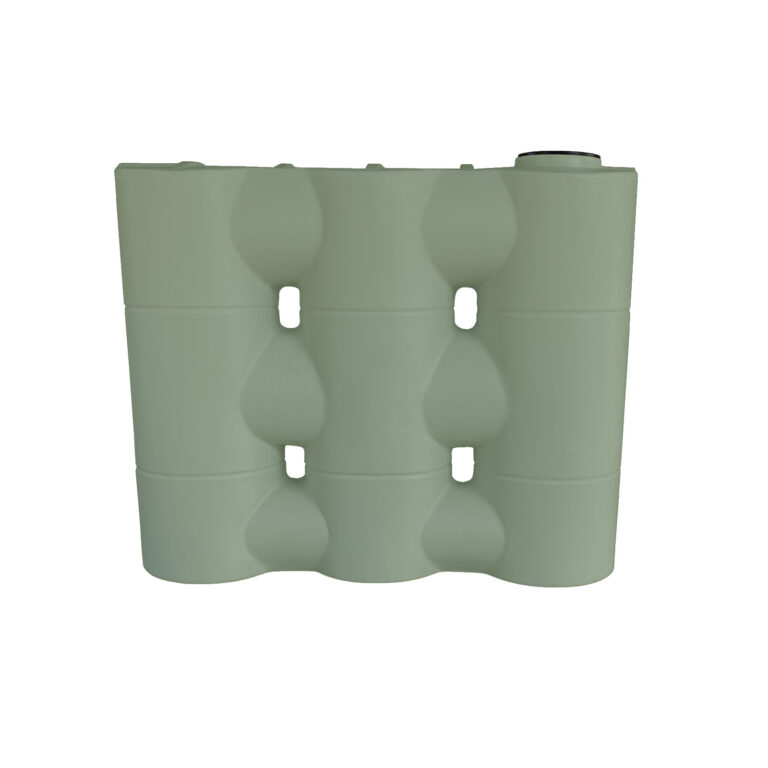Discover the Value of Rainwater Containers for Sustainable Water Preservation Initiatives
In the realm of sustainable water preservation, the use of rain tanks stands as a critical technique that benefits more detailed evaluation. The relevance of rain tanks transcends plain storage; it symbolizes a proactive technique in the direction of environmental stewardship and source monitoring. By discovering the complex benefits of rainwater harvesting, a profound understanding of its potential effect on water conservation initiatives emerges. With a lens of practicality, ecological consciousness, and public wellness, the integration of rainwater containers introduces a tapestry of interconnected benefits that extend much beyond the surface.
Advantages of Rain Containers
Using rain containers provides a useful solution for sustainable water management by harnessing nature's sources efficiently. Rain storage tanks gather and store rain that drops on roofs, which can after that be used for different non-potable functions, such as watering, cleaning clothing, purging toilets, and also for some drinkable usages with correct therapy. Among the crucial benefits of rain tanks is the decrease of need on keys water, especially throughout dry seasons or dry spells.
Ecological Effect of Rainwater Harvesting
Rainwater gathering via the use of storage tanks offers a lasting water monitoring experiment positive environmental implications. By capturing rainwater, this technique assists minimize the need for mains water system, consequently easing the burden on water therapy plants and decreasing power intake connected with water distribution. In addition, rain harvesting help in minimizing city flooding and erosion by minimizing the volume of stormwater drainage. This process likewise adds to groundwater recharge, which is crucial for maintaining water degrees in wells and springtimes, particularly in locations prone to drought.
In addition, rainwater harvesting promotes water preservation and decreases reliance on limited water sources. In general, the ecological influence of rainwater harvesting emphasizes its relevance in progressing sustainable water administration practices.
Rain Containers for Residential Usage
Having highlighted the ecological benefits of rainwater harvesting, the focus currently changes to the useful application of rain storage tanks for household water conservation (Slimline water tanks). Rain containers play a crucial role in domestic water monitoring by recording and keeping rain that falls on the roof of a house. These containers can vary in dimension and product, supplying home owners flexibility in choosing a system that fits their demands
One of the main benefits of utilizing rainwater containers in household settings is the reduction in reliance on mains water supply. By gathering rain for non-potable usages such as watering gardens, washing cars, flushing bathrooms, look what i found and doing washing, households can substantially reduce their total water consumption and utility bills. Additionally, rain is generally devoid of the chemicals found in treated water, making it a more effective selection for particular house jobs.
In addition, rain harvesting systems can aid reduce urban flooding and erosion by minimizing stormwater overflow. By catching rain in tanks, less water streams right into storm drains, reducing the stress on municipal water drainage systems during heavy rains. In general, integrating rain storage tanks into properties top article adds to lasting water preservation initiatives and promotes self-sufficiency in water management.

Financial Advantages of Utilizing Rain Containers
The economic advantages connected with the implementation of rainwater containers in property and business setups are considerable and complex. Among the key economic advantages of using rain containers is the reduction in water expenses. By accumulating and saving rainwater for different non-potable uses such as watering, toilet flushing, and laundry, building proprietors can dramatically reduce their reliance on mains water supply, leading to significant cost savings in time.
Additionally, the setup of rainwater containers can boost home value. In today's ecologically mindful market, buildings outfitted with sustainable functions like rain harvesting systems are commonly extra appealing to potential buyers, regulating higher asking price and faster sale times.
In addition, rainwater containers can help services and homeowners alleviate the effect of water restrictions and changing water rates. By having an additional water source during dry spells or durations of raised water prices, individuals and companies can better handle their water-related costs and preserve functional connection. Generally, the financial advantages of making use of rainwater tanks make them a smart investment for lasting savings and sustainability.
Area Sustainability Via Rainwater Collection
Thinking about the wider effect past individual advantages, the integration of rainwater collection systems in areas plays an essential duty in cultivating environmental sustainability and source monitoring. Community sustainability via rain collection initiatives not only help in minimizing the strain on metropolitan YOURURL.com water resources yet likewise helps in mitigating the impacts of urbanization on neighborhood water supply. By setting up rain containers in public buildings, parks, and communal rooms, areas can reduce their reliance on centralized water resources, bring about a more resilient supply of water throughout droughts or emergency situations.
Additionally, community-level rain harvesting promotes a feeling of cumulative responsibility towards water conservation. Ultimately, neighborhood sustainability through rainwater collection not only benefits the present generation but likewise guarantees a more sustainable future for generations to come.

Final Thought

Comments on “Slimline Water Tanks: Stylish and Practical for Modern Houses”